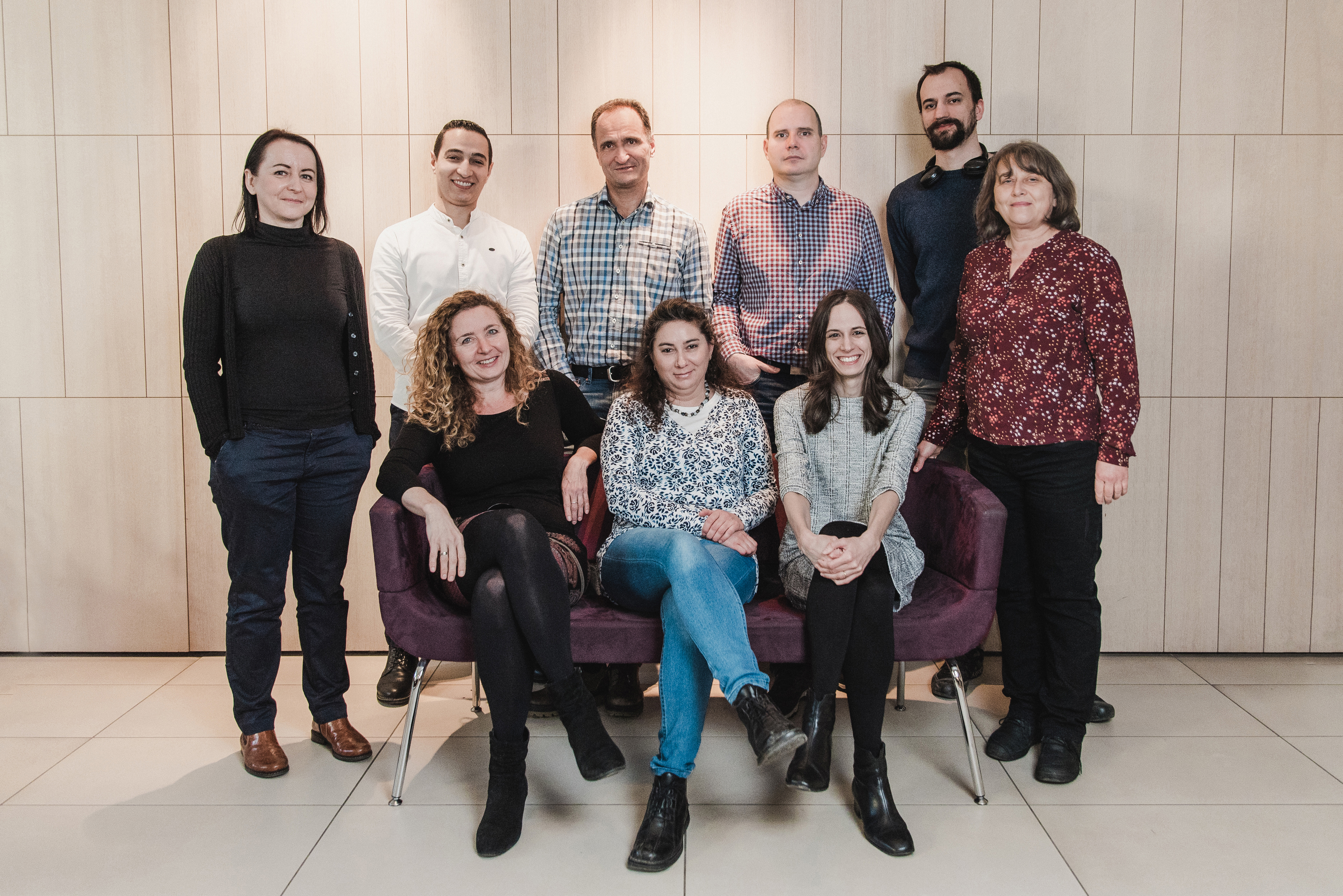SDS-digested freeze fracture replica labeling (SDS-FRL)
SDS-FRL is a modern method of electron microscopic immunolocalization with superior sensitivity and resolution compared to conventional pre- and post-embedding immunolocalization techniques. The technique provides a two-dimensional view of the neuronal cell surface, which facilitates the measurement of cell surface areas, and the antibodies do not need to diffuse into the tissue during the immunoreaction, making it ideal for quantitative analyses. Gold particles of different sizes can be attached to antibodies that specifically label the membrane protein of interest, allowing the quantitative investigation of their cell surface distribution and their enrichment in different subcellular compartments with nanometer precision. The technique is also ideal to study the intra-synaptic distribution of synaptic proteins.
Most neurons are polarised, and their individual compartments (dendrite, spine, cell body, axon initial segment, axon terminal, synapse) may be involved in various processes of neural signalling and information processing. Understanding the role of membrane proteins in neuronal communication therefore requires an accurate identification of their cell surface distribution and abundance. In our group, we have used this method to successfully reveal the axo-dendro-somatic distribution of certain G-protein coupled (Kir3.2), or voltage-dependent potassium (Kv1.1, Kv2.1, Kv4.2) and sodium channels (Nav1.6) in hippocampal pyramidal cells. The method has been successfully applied to explore the intrasynaptic distribution of voltage-dependent calcium channels as a function of synaptic vesicle release site.






